Save the Date! GAIN 2024 will be on October 17, 2024 at the Ritz Carlton, Tysons Corner!
THE PREMIER GOVERNMENT MARKETING CONFERENCE
Ritz-Carlton, Tysons Corner
October 17, 2024
____
GAIN 2023 was reinspired with relevant knowledge, dynamic speakers, and an innovative atmosphere!
In its 7th year, Government Marketing University’s GAIN Conference brought together the brightest minds and fastest growing brands in the government marketplace—including software and hardware providers, services, resellers and distributors, system integrators, and more—to share real-world examples and actionable insights that will help you get the attention of government prospects and grow your brand.
OnDemand viewers will take away:
- Insights from our dynamic keynote speakers, innovative talks, and roundtable discussions on emerging trends
- The stories behind successful marketing campaigns
- Tricks of the trade from experts in the field
- Inspiration for your 2024 marketing strategy
- Newfound connections and a sense of community with fellow government marketing peers
No matter what role you play—from CMO to Marketing Specialist and everyone in between—you belong at GAIN, where you’ll find inspiration, new ideas, practical tips, and a community of marketing professionals.
If you are interested in sponsorship opportunities for GAIN 2024, please contact gemg.events@govexec.com
PRICING INFORMATION:
If you aren't already registered, but want to watch the GAIN 2023 recordings, you can register here to access the recordings and speaker slide decks for $195.00.
If you registered and paid before October 17, 2023, access to the recordings and slide decks are included with your ticket purchase.


